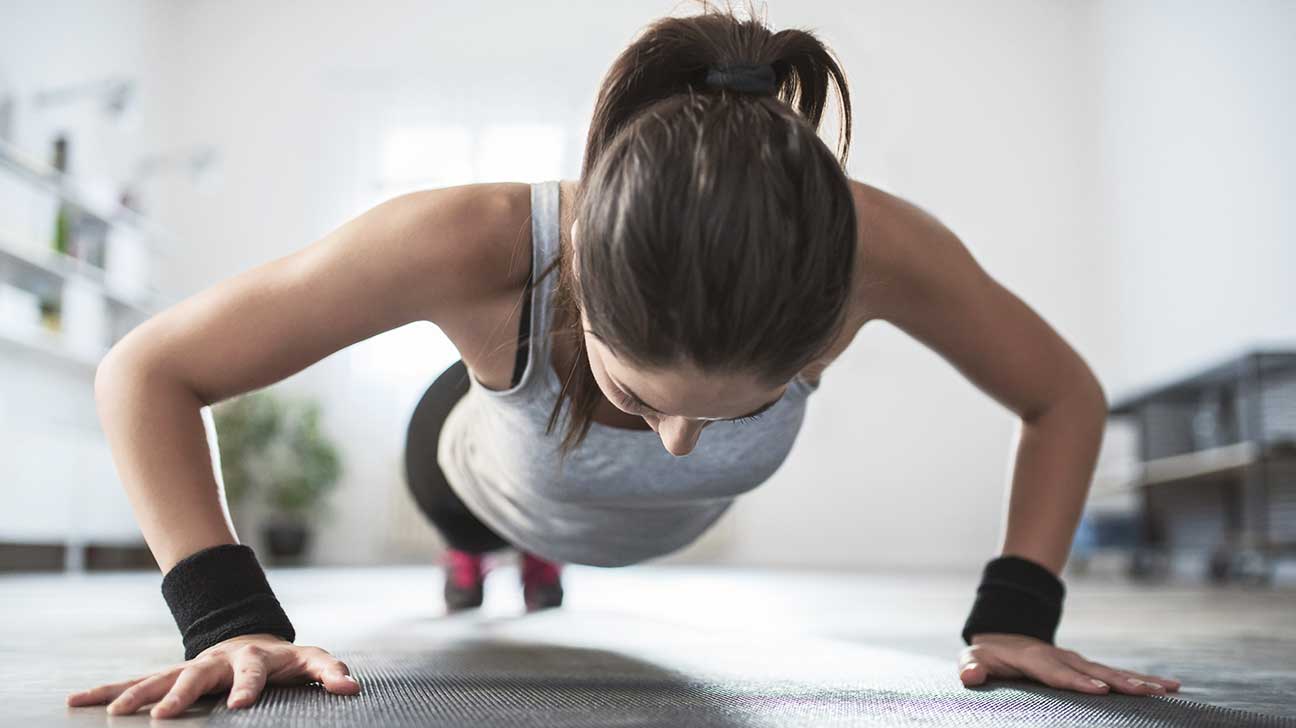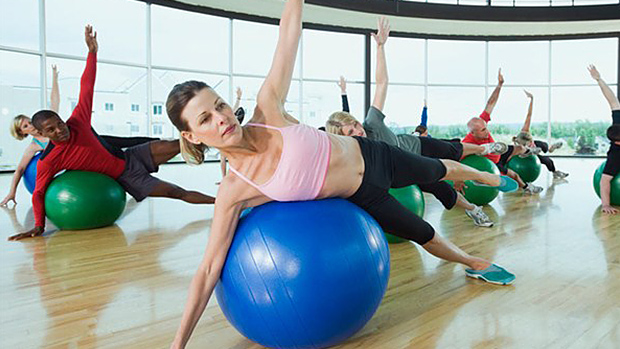
It does not matter as much how hard you train, as it matters how well you “refuel” your body post-workout session. In order to get the desired results from your training- be it the sculpted, toned body you are looking for or getting fitter & stronger is your goal- what you eat following exercise is crucial and can have a major impact on your results.
Why is “Recovery Nutrition” important?
Post a workout, your body is in a catabolic state (process of breakdown) because of many biochemical, metabolic & hormonal changes that has taken place during the exercise. It has depleted its muscle glycogen reserves (body’s stored fuel), the catabolic hormone cortisol has been on a surge & then there are the free radicals (chemically unstable molecules) that have been generated during the exercise. The good news is that this presents an “anabolic window of opportunity” Anabolism refers to the process of building up. By consuming proper nutrients post-workout, you will be able to arrest further muscle breakdown, initiate the re-synthesis of fuel reserves, initiate the rebuilding of damaged tissue, bring down cortisol levels, accelerate removal of metabolic by products (lactic acid, CO2). Hence, having a post-workout fuelling strategy in place is extremely important for improvements in both body composition (fat loss) and exercise performance, faster recovery, preventing fatigue and resisting injury.
What is “Recovery Nutrition”?
Insulin sensitivity is heightened immediately after exercise, which means that ideally you should consume your post-workout meal as soon as you finish your workout. The quicker you feed your body, the better nutrient delivery to the muscles and more nutrient & glucose uptake by them to utilize for repair. Another physiological effect of exercise is the immediate increase in the blood flow to the muscles. Hence, the delivery of protein, carbs, vitamins, minerals, water etc. is also enhanced, resulting in greater muscle protein synthesis.
But since we live in a ‘real’ world v/s an ‘ideal’ one, it may be possible that at times, you are unable to consume your post-workout meal immediately after cooling down at the gym (for e.g. some day you may be rushed for office) Then know that, all is not lost. The “anabolic window of opportunity” lasts for at least a couple of hours following exercise so if not right after workout, do make sure you take in the nutrients as soon as you can!

The “Recovery Nutrition” comprises of the four F’s backed by exercise physiologists all over the world, which are-
1.Fluids– It is crucial to make up for the loss of fluids and electrolytes as your body is in a dehydrated state post-workout. Among other health benefits, staying properly hydrated will help your body be better able to deliver the nutrients that your cells and muscles need in order to repair themselves.
The bottom line: Ensure you have water post exercise and also later through the day. The best way to check if you are having enough water is to look for your urine colour- should be crystal clear, not cloudy. Caffeine has shown to disrupt post-exercise insulin action, thereby impairing your body’s ability to replenish glycogen stores and utilize protein for muscular repair. Hence, if you do want to indulge in your cup of coffee or tea, wait for a couple of hours after your workout.
2.Food– One of the primary goals post-exercise is to replenish glycogen reserves (stored carbohydrate in muscle & liver) that gets depleted during training.
Post-workout, you should consume carbohydrates that come from simple, high-glycemic sources so that they can quickly do its job. They will break down quickly in your gut, sending a surge of sugar into your bloodstream and raising your blood glucose which in turn, will spike insulin levels. Since insulin has both anabolic and anti-catabolic functions, it will accelerate protein synthesis, inhibit protein breakdown, and shuttle glycogen into cells. And this is one instance where elevated insulin won’t promote increases in body fat. Because your muscles & liver are literally starved, nutrients will tend to be used for muscle building & repair rather than fat storage.
Other than being high GI, carbs that you consume should be light and easy to digest so that it does not overload the gastro-intestinal system, disrupting the blood flow to the worked-out muscles.
Some research shows that carbohydrate-rich foods containing a combination of glucose and fructose is ideal, here. This is because glucose is converted to muscle glycogen, whereas fructose preferentially replenishes liver glycogen (glucose is of limited utility to the liver, a phenomenon called the “glucose paradox”). Thus, the two types of sugar work in synergy to replenish the glycogen stores of the body.
The bottom line: Include a variety of carbohydrates post-exercise. Few good choices are sugarcane juice, banana, boiled potato, potato sandwich.
3.Fast Acting Proteins– The other main nutritional objective post-workout is to supply sufficient amino acids (protein) for muscle tissue repair. If protein intake is sub-optimal following training, recovery is hampered and results are compromised. When amino acids are consumed following training, protein synthesis increases, optimizing the development of lean muscle tissue. Increase in lean muscle tissue is important for fat loss, change in body composition and improved exercise performance.
Protein should preferably be in the form of a high-biological value (BV) protein powder, that which is easy to digest and readily available, absorbed & assimilated in the body. A fast-acting protein such as whey works best. Because it is rapidly assimilated, whey reaches your muscles quickly, thereby expediting repair. The BCAAs (branched chain amino acids) in whey protein keeps the insulin sensitive and boosts your immunity, amongst many other things.
The bottom line: Once you have had your carb-rich food, have a whey protein shake mixing whey protein powder in water.
4.Free Radical Management– Make sure to incorporate key vitamins and minerals in your post-workout meal that will help to recover and repair faster. Antioxidants is of prime importance here as it will negate the free radical effect of exercise that interferes with body’s recovery mechanism. Important antioxidants are Vit C, Vit E, Vit A, and minerals Selenium, Zinc, Chromium. Apart from its antioxidant effect, these minerals also have an insulin-like effect thus accelerating the anabolism process post workout.
The bottom line: Take separate vitamin supplements (of A, C, E) along with a supplement of Zinc, Selenium, Chromium with your post work-out meal.
Plan your post-workout meals right and get incredible results from your workout! Stay fit, stay young!
NOTE: This article was written by me for MyBeautyGym.Com & was published on 18th August 2017.




 As Mumbai’s most-awaited annual sporting event is here, the city gears up to get, set, race this Sunday.
As Mumbai’s most-awaited annual sporting event is here, the city gears up to get, set, race this Sunday.